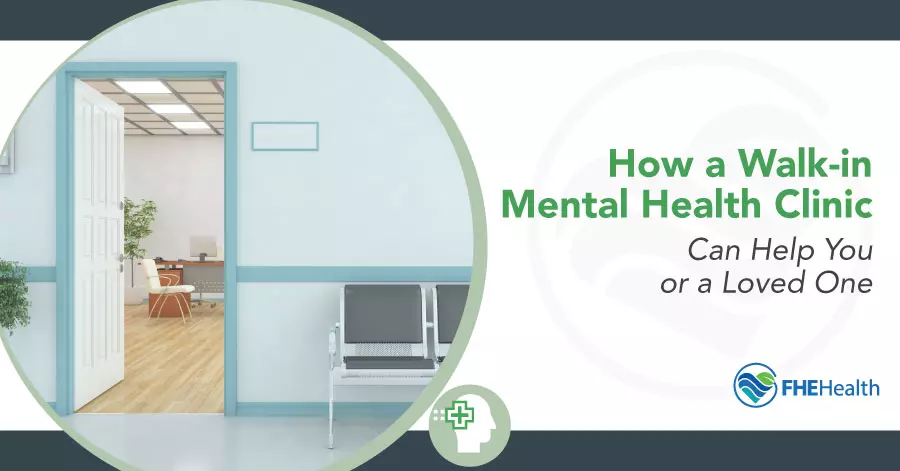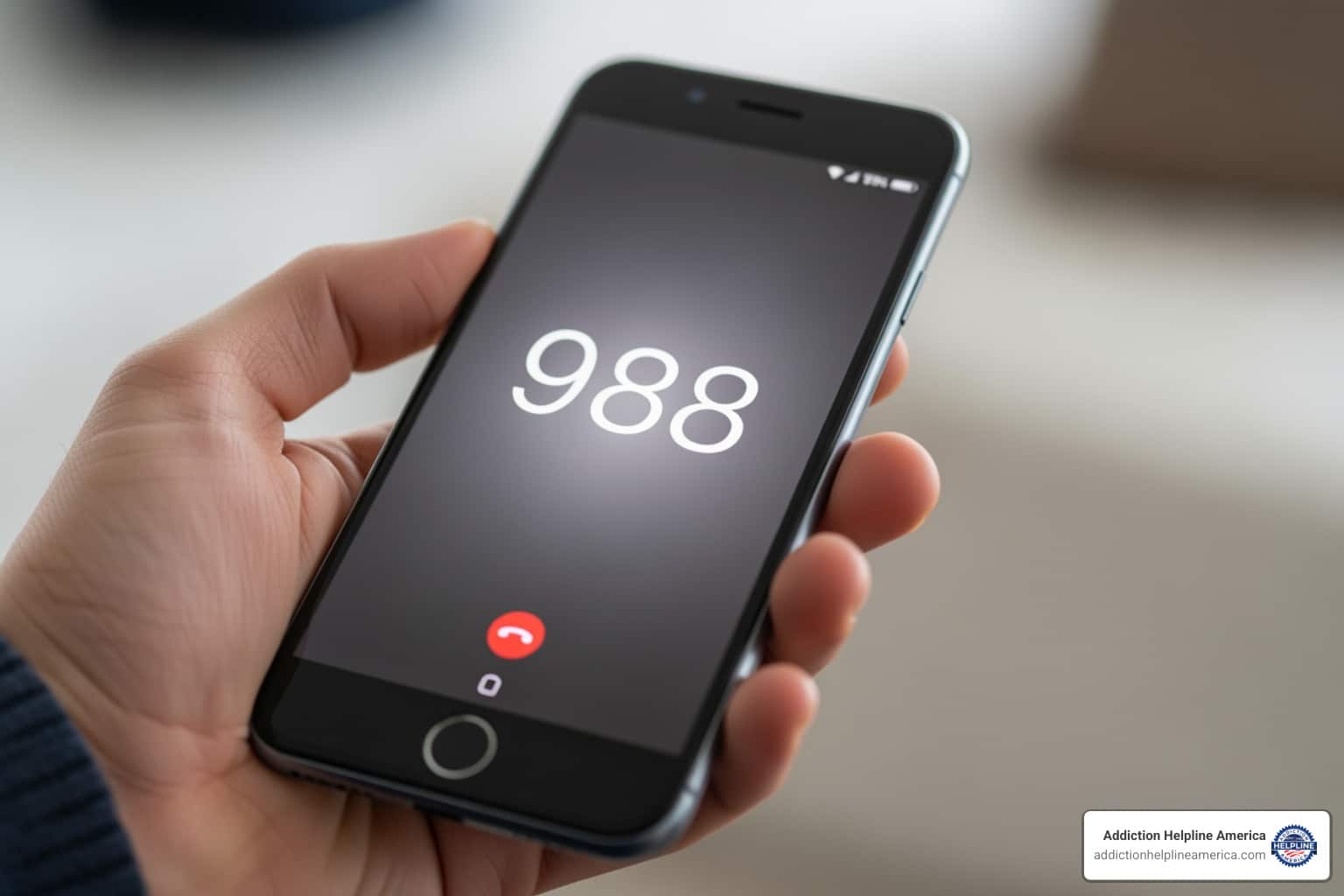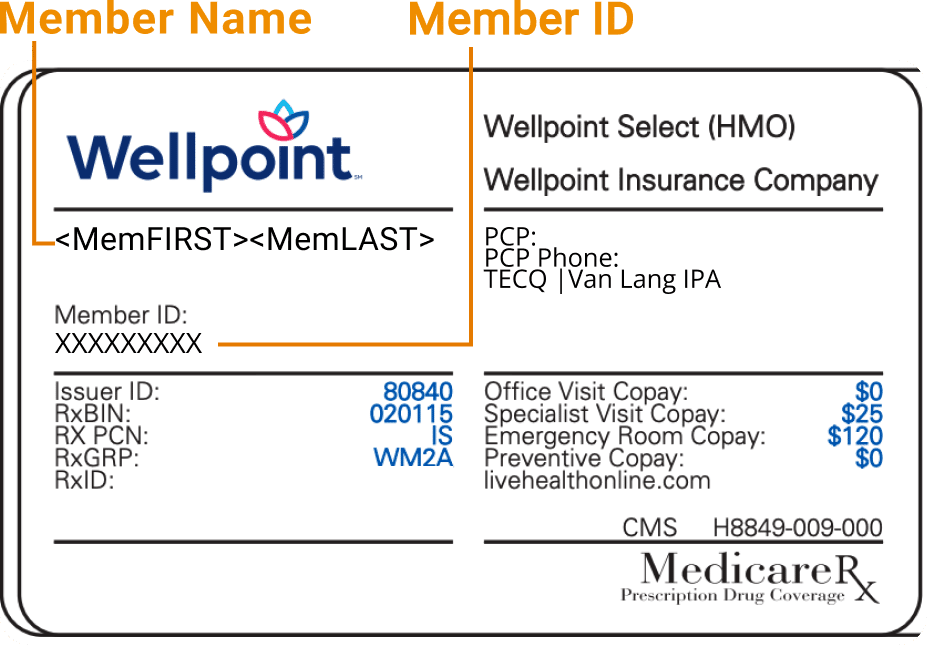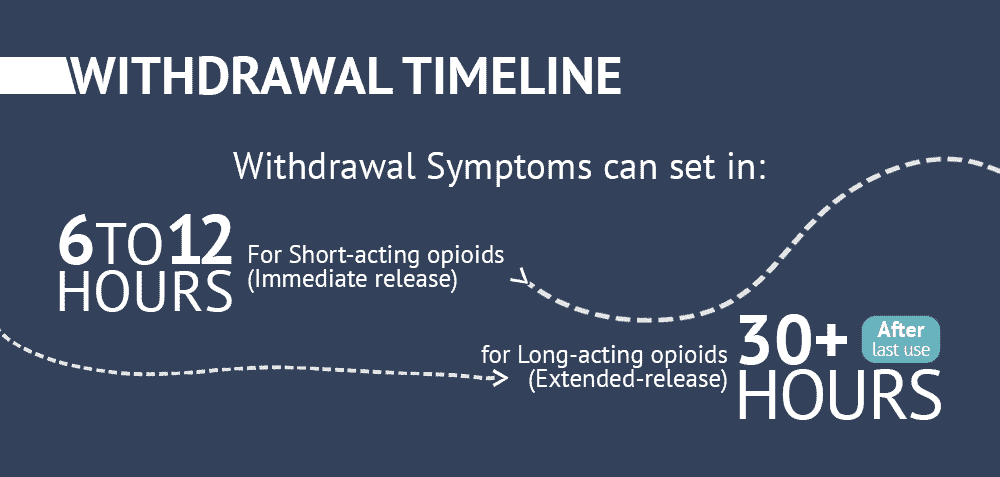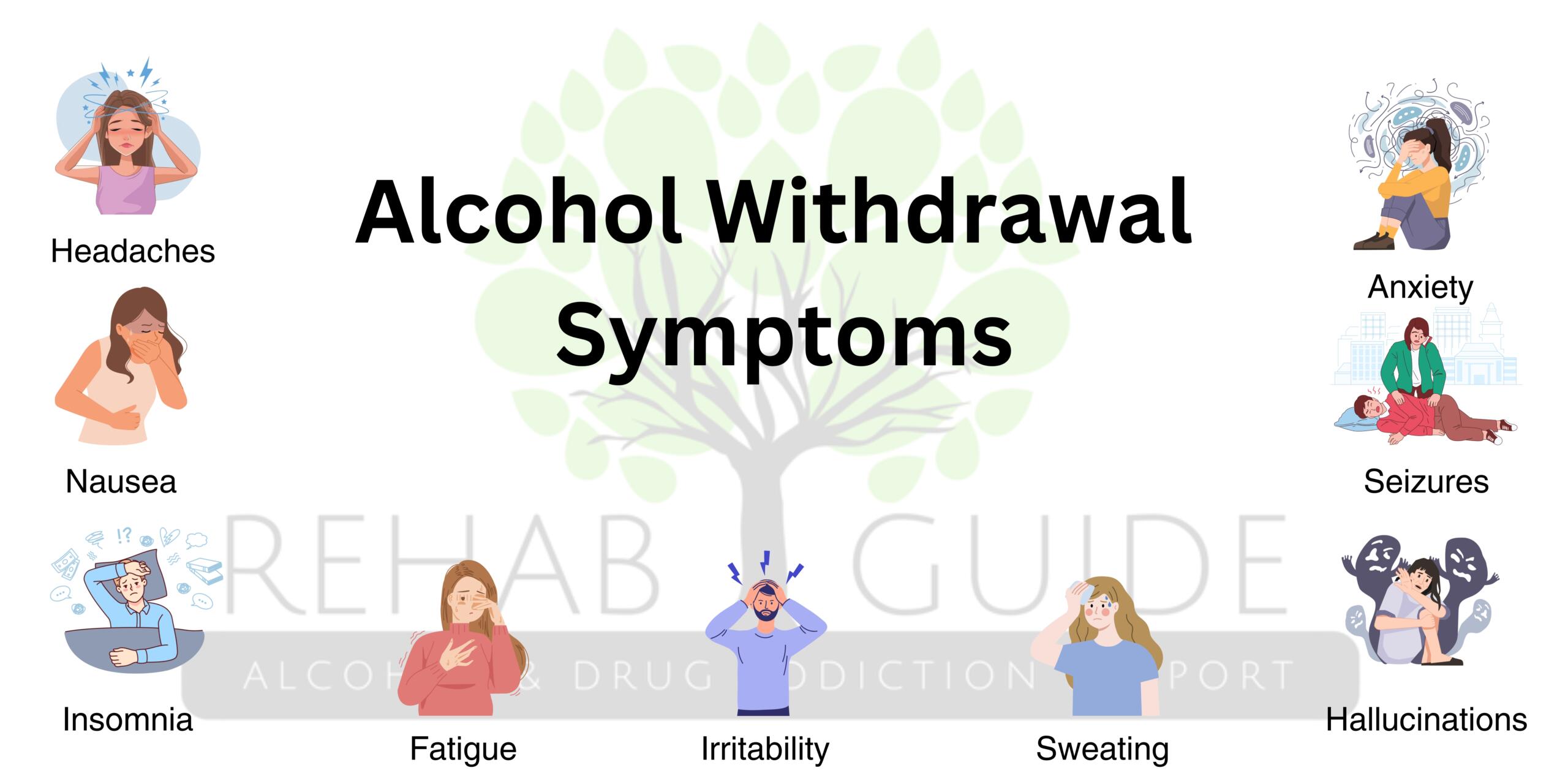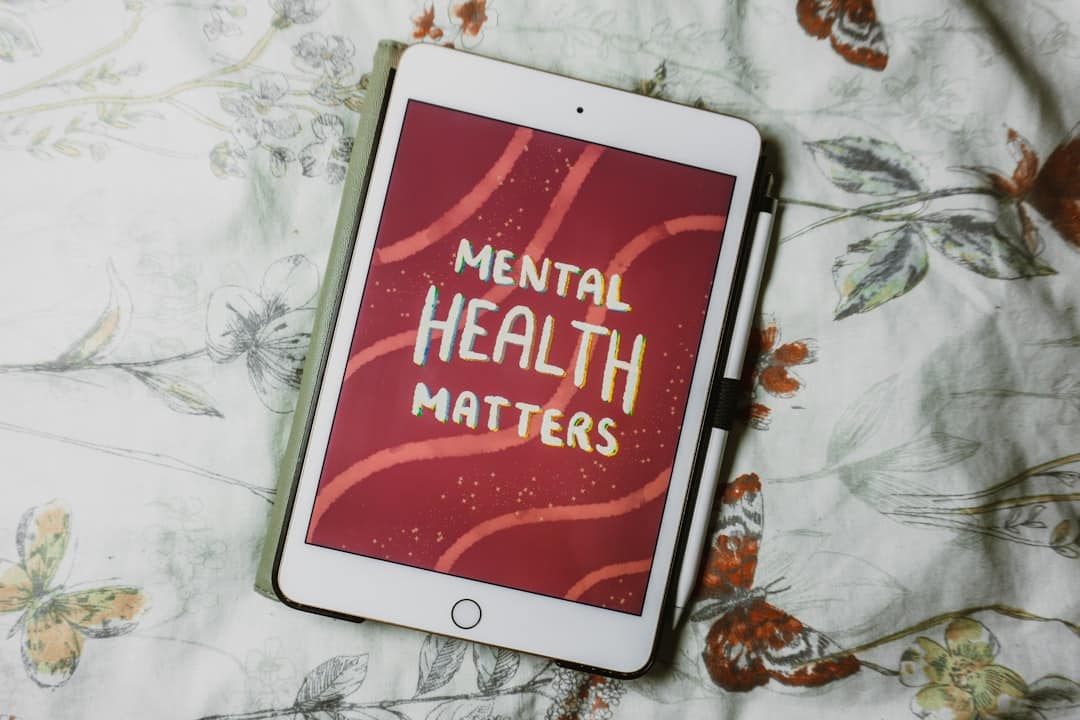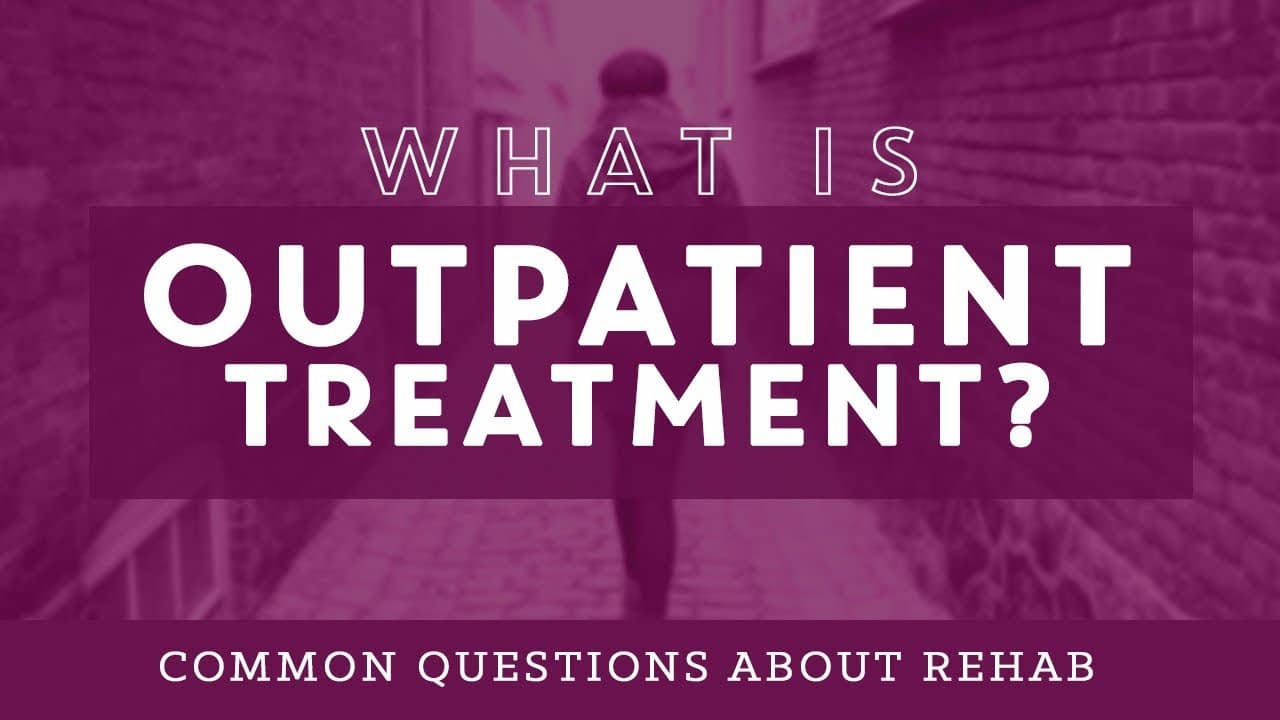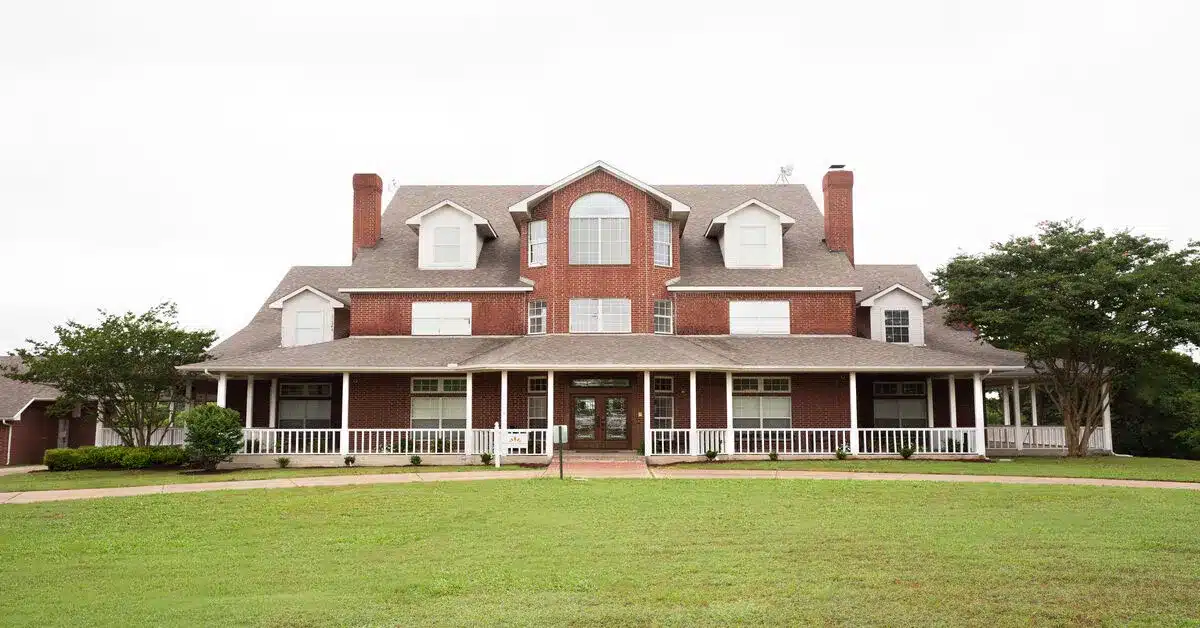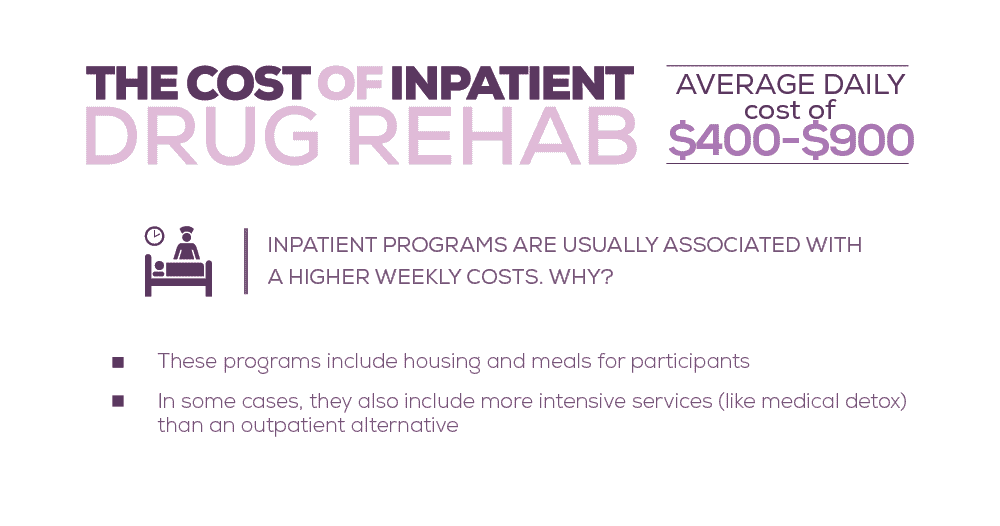
Understanding the Real Cost of Recovery
How much do drug rehab centers cost? The price varies, but here are typical ranges:
- Outpatient detox: $1,000-$1,500
- 30-day inpatient rehab: $6,000-$20,000 (standard) to $30,000+ (luxury)
- 60-90 day inpatient programs: $12,000-$60,000
- Outpatient programs: $5,000-$10,000 for three months
- Medical detox: $250-$800 per day
- Medication costs: Around $4,700 annually (e.g., methadone)
While these numbers can seem high, cost should never be the barrier to seeking help. The reality is that addiction costs far more—financially, emotionally, and physically—than recovery ever will. The financial toll of substance abuse in the U.S. exceeds $650 billion annually, and for individuals, a daily habit can cost tens of thousands per year.
The good news is that treatment is accessible at every price point. From free community programs to private rehabs with payment plans, options exist for every budget. Most insurance plans now cover addiction treatment, and many facilities offer sliding-scale fees or scholarships.
Understanding how much do drug rehab centers cost helps you make an informed decision. At Addiction Helpline America, we guide people through finding affordable, effective treatment, ensuring cost doesn’t stand in the way of recovery.
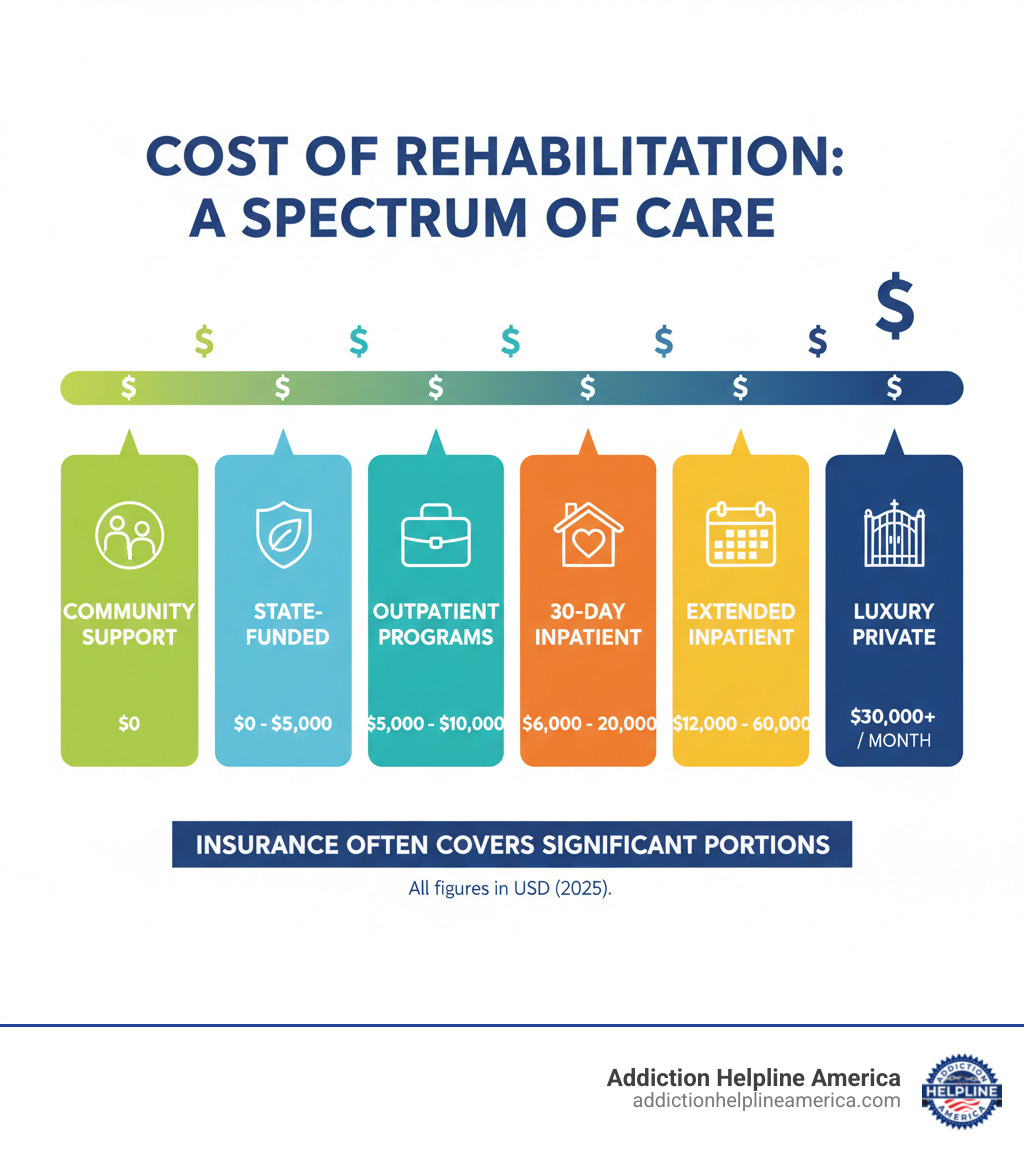
Common how much do drug rehab centers cost vocab:
A Breakdown of Average Drug Rehab Costs
When you start looking into treatment options, one of the first questions that comes up is how much do drug rehab centers cost. The price can swing anywhere from completely free to tens of thousands of dollars, depending on what type of care you need, how long you stay, and what services are included.
Let’s walk through the main factors that affect the price tag so you can get a realistic picture of what to expect.
Inpatient vs. Outpatient Program Costs
The biggest cost difference comes down to whether you’re living at the treatment center (inpatient) or going home each day (outpatient).
Inpatient rehab provides 24/7 medical supervision and a substance-free environment. It allows you to focus entirely on recovery. Costs are typically:
- 30-day program: $6,000 to $20,000
- 60-90 day programs: $12,000 to $60,000
While more expensive, inpatient care often has higher success rates because it removes you from triggers. You can learn more about long-term inpatient options for extended stays.
Outpatient rehab is a more flexible and affordable option. You attend therapy sessions several times a week while living at home. This is suitable for those with strong support systems or less severe addictions. A three-month program typically costs $5,000 to $10,000. The flexibility allows you to maintain work or family responsibilities during treatment.
The Price of Medical Detox and Medications
Medical detox is the first step, managing withdrawal symptoms safely. For substances like alcohol, opioids, and benzodiazepines, medical supervision is crucial.
- Outpatient detox typically costs $1,000 to $1,500.
- Inpatient detox runs about $250 to $800 per day, though it’s often included in the total cost of a residential program.
Withdrawal severity depends on the substance and usage history. For specialized support, you can find information on benzo withdrawal help.
After detox, Medication-Assisted Treatment (MAT) can help manage cravings, especially for opioid and alcohol use disorders. A year of methadone treatment, for example, costs around $4,700. These ongoing medication expenses are an important part of the total cost of recovery.
How Program Length Affects the Total Price
Longer treatment duration increases the total cost, but it also significantly improves the chances of lasting recovery.
- Short-term (30-day) programs offer a foundational start, costing $6,000 to $20,000.
- Long-term (60-90+ day) programs allow for deeper therapeutic work and skill-building, costing $12,000 to $60,000. Explore options like 60-day rehab programs near me.
Research confirms that longer stays lead to better outcomes. For example, one study showed that women in residential treatment for six months or more had abstinence rates between 68% and 71%, much higher than those with shorter stays. This extra time is an investment in building a strong foundation for a substance-free life.
What Factors Influence How Much Drug Rehab Centers Cost?
Beyond the inpatient/outpatient choice, several other factors affect how much drug rehab centers cost.
How the Level of Care and Therapies Impact Price
The complexity of your needs is a major cost driver. Quality rehabs provide individualized treatment based on your specific substance use history and severity. This personalized care, including one-on-one therapy, requires more resources and increases costs.
Many people need treatment for both addiction and a mental health issue, known as a dual diagnosis. Approximately 50% of people with substance use disorders have a co-occurring mental health condition like depression, anxiety, or PTSD. Treating both simultaneously requires specialized staff and therapies, which costs more but is essential for lasting recovery. We connect people with Comprehensive Rehab Programs that address these needs.

The range of specialized therapies also impacts price. Evidence-based treatments like Cognitive Behavioral Therapy (CBT) and holistic approaches like yoga or art therapy provide more tools for recovery. Facilities with a wider array of therapies typically have higher costs.
The Role of Amenities and Facility Type
Rehab facilities vary widely in comfort and amenities, which significantly affects the price.
Standard facilities focus on effective, evidence-based treatment with basic accommodations and nutritious meals. They prioritize clinical care, making them more affordable.
Private and luxury rehabs offer an upscale experience with amenities like private rooms, gourmet meals, spa services, and fitness centers. They often have a higher staff-to-patient ratio, providing more personal attention. A month at a luxury facility can cost $30,000 to $100,000, compared to $5,000 to $20,000 at a standard center. While the core treatment is similar, the comfortable environment can be a deciding factor for some. Explore our guide to Luxury Drug Rehab Centers Near Me.
Geographic Location and Regional Cost Differences
The rehab center’s location matters. Facilities in major cities or desirable coastal areas (like California or Florida) have higher operating costs for real estate, staff, and utilities, which translates to higher treatment prices. A program in a major urban center will likely cost more than a similar one in a rural area. This regional variation means it’s worth exploring options in different locations to find a program that fits your budget without sacrificing quality.
We work with centers across the U.S. and can help you understand costs in your area. See our state-specific guides for more details: Rehab: California, Rehab: Florida, Rehab: New York, Rehab: Texas, Rehab: Ohio, and Rehab: Pennsylvania.
Making Rehab Affordable: Your Payment Options
The price of recovery can seem high, but financial barriers don’t have to stop you from getting help. There are many ways to afford treatment.
Using Health Insurance to Pay for Treatment
If you have health insurance, you’re in a good position. The Affordable Care Act (ACA) made addiction and mental health treatment essential health benefits, meaning most plans must provide coverage. The question isn’t if your insurance will help with how much drug rehab centers cost, but how much it will cover.
Your out-of-pocket cost depends on your plan’s deductible, copayments, and network. In-network facilities are almost always cheaper. Major providers like Aetna, Blue Cross Blue Shield, and Cigna offer rehab coverage. We can help you find Alcohol Treatment Centers That Accept Aetna.
The most important step is to verify your benefits before starting a program. The facility’s admissions team can usually do this for you free of charge.
Finding Affordable Drug Rehab Programs
If you don’t have insurance or have limited coverage, you still have excellent options.
- Government-funded programs: Every state offers low-cost or free treatment to residents who qualify. Fees are often based on your income. The Substance Abuse and Mental Health Services Administration (SAMHSA) has a national directory at https://www.samhsa.gov/.
- Non-profit organizations: These groups provide treatment at reduced rates, supported by grants and donations.
- Faith-based recovery programs: These often integrate spiritual principles and are frequently offered at no cost. Our Faith-Based Recovery Ultimate Guide explores these options.
- Free support groups: Groups like Alcoholics Anonymous (AA) and Narcotics Anonymous (NA) offer free, peer-led support that is essential for long-term recovery.
- Scholarships: Some facilities and foundations offer financial aid. It never hurts to ask.
We can help you find resources that fit your financial reality, including Is There Free Alcohol Addiction Treatment Centers?.
What are the payment plan options for private drug rehab?
Many private facilities offer flexible payment solutions to make treatment accessible.
- Sliding-scale fees: The cost is adjusted based on your income.
- In-house financing: Pay a portion upfront and the rest in installments, often with little to no interest.
- Medical loans: Third-party lenders offer loans specifically for healthcare expenses.
- Healthcare credit cards: Options like CareCredit may offer deferred-interest periods.
- Crowdfunding: Use online platforms to raise funds from your community.
- Family and friends: Loved ones may be willing to pool resources to help cover the cost.

Be honest with the admissions team about your financial situation. They are there to help you find a workable solution. At Addiction Helpline America, we help people steer these financial questions every day.
The Cost of Addiction vs. The Cost of Rehab
When researching how much drug rehab centers cost, the numbers can be intimidating. But the real question isn’t whether you can afford treatment—it’s whether you can afford to continue the cycle of addiction.
Active addiction costs far more than recovery ever will, in terms of money, health, relationships, and your future.
The Hidden and Obvious Costs of Active Addiction
The most obvious expense is the substance itself. A daily cocaine habit can cost over $32,000 a year, while a heroin addiction can exceed $55,000 annually. But the financial drain goes much deeper.

- Legal Troubles: A single DUI can cost thousands in fines and legal fees.
- Lost Income: Missed work, poor performance, and job loss severely impact financial stability.
- Medical Bills: Emergency room visits, hospital stays, and treatment for addiction-related illnesses can be catastrophic. The average cost of substance abuse is about $11,487 per person per year.
- Broken Relationships: The emotional cost of damaged trust with family and friends is immeasurable.
On a larger scale, substance use disorders cost the U.S. over $600 billion annually in healthcare, lost productivity, and criminal justice expenses.
Why Recovery is a Priceless Investment
Investing in treatment is the smartest financial decision you can make. The return on investment is extraordinary.
Studies show that for every dollar spent on treatment, $4 to $7 are saved in crime-related costs alone. When healthcare savings are included, that ratio jumps to 12 to 1. A year of methadone treatment costs about $4,700, while a year in jail costs roughly $24,000.
The real value, however, is priceless. Recovery gives you back:
- Your Health: Your body and mind begin to heal, preventing future medical problems.
- Your Career: Sobriety brings focus and reliability, increasing your earning potential.
- Your Relationships: You can repair and rebuild trust with loved ones.
- Your Future: Studies show that approximately 75% of adults overcome their addiction, and 80% of those who recover achieve at least one major life accomplishment after treatment.
The cost of rehab is a temporary investment that opens the door to a lifetime of benefits. The cost of care will always be more affordable than the cost of addiction.
Frequently Asked Questions About How Much Drug Rehab Centers Cost
Navigating the financial side of treatment can be confusing. Here are clear, honest answers to common questions about how much do drug rehab centers cost.
How much does a 30-day rehab program cost?
A standard 30-day inpatient program typically costs between $6,000 and $20,000. Luxury facilities with resort-like amenities can start at $30,000 or more per month. A more affordable alternative is an outpatient program, which usually costs $3,000 to $10,000 for a multi-month program, depending on its intensity.
Can I go to rehab if I don’t have insurance?
Yes, absolutely. Lack of insurance should not prevent you from getting help. Options include state-funded and community-based programs that offer free or low-cost services, often on a sliding scale based on your income. Many private facilities also offer payment plans or financing, and some foundations provide scholarships. Free support groups like Alcoholics Anonymous and Narcotics Anonymous are also available everywhere and are a vital resource for many.
Why is inpatient rehab so much more expensive than outpatient?
Inpatient rehab is more expensive because it is an immersive, all-inclusive experience. The cost covers 24/7 medical supervision, housing, meals, and a highly structured therapeutic environment. You are living at the facility, which requires significant staffing and resources to ensure a safe, supportive, and distraction-free setting for recovery. Outpatient care is less expensive because it does not include these residential components; you live at home and travel to the facility for scheduled therapy sessions.
Conclusion: Your Path to Recovery is Within Reach
You now have a clearer picture of how much do drug rehab centers cost and, more importantly, that recovery is an affordable and essential investment. While treatment has a price, it pales in comparison to the devastating costs of active addiction.
Remember: cost should not be the reason you delay getting help. Treatment is more accessible than ever, with options available for every budget, including free programs, state-funded facilities, and payment plans. The real question is not whether you can afford treatment, but whether you can afford not to.
At Addiction Helpline America, we provide free, confidential support to connect you with the right addiction and mental health treatment center for your specific needs and financial situation. Your healthier future is within reach.
Find the right drug and substance abuse treatment program for you.
Our helpline is 100%
free & confidential
If you or someone you care about is struggling with drug or alcohol addiction, we can help you explore your recovery options. Don’t face this challenge alone—seek support from us.
Programs
Resources
Will my insurance
cover addiction
treatment?
We're ready to help
Find the best
drug or alcohol treatment
center
Are you or a loved one struggling with addiction? Call today to speak to a treatment expert.

